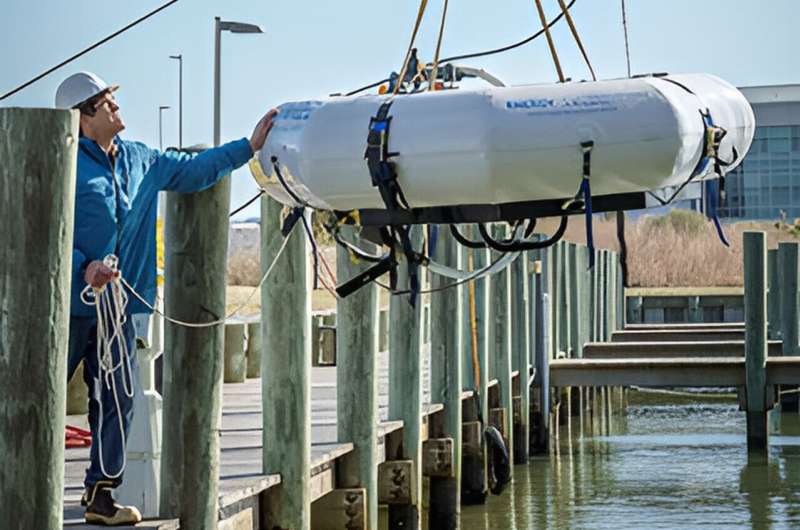Explore how the Marine and Hydrokinetic Toolkit (MHKiT), developed by the U.S. Department of Energy’s National Renewable Energy Laboratory, Pacific Northwest National Laboratory, and Sandia National Laboratories, is empowering researchers and developers to harness the full potential of marine renewable energy. Discover how this innovative software is overcoming obstacles and paving the way for a more sustainable future. Renewable energy and marine energy hold the key to our energy needs.

Waves, Tides and currents Power
Tidal and wave power although immense cannot be harnessed efficiently due to the unpredictable, high stress moving ocean environment. Converting the movement of waves to electricity requires innovative system designs, but the challenges are immense given the size and power of the sea and that installations are often in remote locations with high deployment costs.
The answer is the Marine and Hydrokinetic Toolkit (MHKiT): a joint effort from the U.S. Department of Energy’s National Renewable Energy Laboratory, Pacific Northwest National Laboratory, and Sandia National Laboratories. A powerful software tool to help researchers and developers extract full benefit from marine renewable energy (MRE) — such as ocean waves and tidal currents — that could provide enough electricity to power up to 22 million U.S. homes has been released by the Department of Energy’s Pacific Northwest National Laboratory.
Standardizing Data and Analysis for Informed Decisions
MHKiT is a project involving data and code related to the area of Marine and HydroKinetic Power. It covers a large number of codes considering simulation for various point absorber structures, ranging from buoys to waves pumps, investigating wave effects on stationary floating buoy like structures, as well as ocean currents effects. These data validation and standardized analysis tools, given to developers in toolkit form, ensure that the optimal decisions are made which will result in the largest amount of clean power provided by this plentiful resource.
MHKiT has been updated to a recent version for MATLAB and Python, providing additional capabilities. The MATLAB version (MHKiT-MATLAB) has been expanded to support modeling of extreme sea states and visualization of theoretical river flow and turbulence, while the Python version offers enhanced multidimensional data support from sources like the Coastal Data Information Program (CDIP) and National Oceanic and Atmospheric Administration (NOAA).
Working Together to Promote Ocean Energy
As with many of MKHiTs best qualities, the point at which MHKiT truly starts to shine is its collaborative nature; a collaboration that continues as a broader group of researchers, designers and developers continue to contribute toward making MHKiT better. With over 29,000 downloads of the toolkit since launch in 2020 and more than 30 collaborators involved with its development and documentation.
The MHKiT team enforces high quality control standards to ensure that the software remains effective and reliable, including unit testing, continuous integration, and regular code reviews. This helps to keep the toolkit current and consistently producing high-quality results. From here, the developers plan to add even more functionality to the toolkit, including enhancing example notebooks and creating modules for acoustic monitoring.
